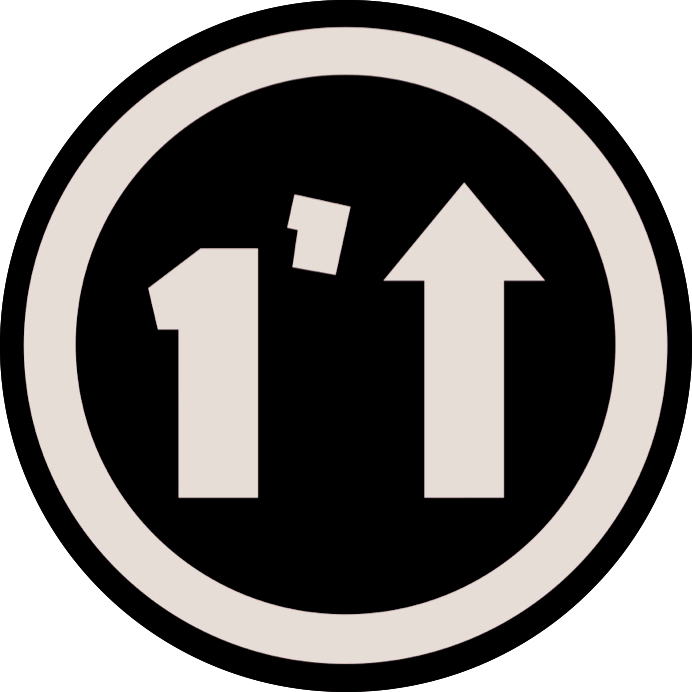 The following bathroom lighting information is a guide to help you understand which bathroom lights can be placed where in a bathroom.
The following bathroom lighting information is a guide to help you understand which bathroom lights can be placed where in a bathroom.
It's not an installation guide and reference should be made to the most recent IEE Wiring Regulations or a qualified electrician.
Firstly it is important to understand the rating by which bathroom lights are classified. IP rating stands for "Ingress Protection" and is always followed by two characters. These two numbers refer to the level of protection and it is important that you choose fittings with the correct rating according to where they are to be sited within the bathroom.
The diagram shows a bathroom split into four clear zones: 0, 1, 2 and 3*.
Zone 0 Bathroom Lights are for the inside of the bath or shower itself. Any fitting used in this zone must be low voltage, (max 12v) and be rated at least IP67 which is total immersion proof.
Zone 1 Bathroom Lights can be used in the area above the bath to a height of 2.25m from the floor. In this zone a minimum rating of IP44 is required. If the fitting is 240v a 30ma residual current device (RCD) must also be used to protect the circuit in this zone.
We recommend that if possible a higher rated IP65 Light is used if the light is to be fitted in the shower cibicle although the regulations are for a minimum of IP44.
Zone 2 Bathroom Lights can be used in an area stretching 0.6m outside the perimeter of the bath and to a height of 2.25 from the floor. In this zone IP rating of at least IP44 is required.
In addition it is good practice to consider the area around a wash basin, within a 60cm radius of any tap to be considered as zone 2.
*Zone 3 Bathroom Lights - This zone has been withdrawn (from the 17th Edition of the regulations).
In addition to the above, if there is a likelihood of water jets being used for cleaning purpose in zones 1 and 2 a fitting rated a minimum IP65 must be used.
IP Explanation and Ratings
EN 60529 outlines an international classification system for the sealing effectiveness of enclosures of electrical equipment against the intrusion into the equipment of foreign bodies (i.e. tools, dust, fingers) and moisture. This classification system utilizes the letters "IP" ("Ingress Protection") followed by two or three digits. (A third digit is sometimes used. An "x" is used for one of the digits if there is only one class of protection; i.e. IPX4 which addresses moisture resistance only.)
Degrees of Protection - First Digit
The first digit of the IP code indicates the degree that persons are protected against contact with moving parts (other than smooth rotating shafts, etc.) and the degree that equipment is protected against solid foreign bodies intruding into an enclosure.
|
0 |
No special protection |
|
1 |
Protection from a large part of the body such as a hand (but no protection from deliberate access); from solid objects greater than 50mm in diameter. |
|
2 |
Protection against fingers or other object not greater than 80mm in length and 12mm in diameter. |
|
3 |
Protection from entry by tools, wires, etc., with a diameter of thickness greater than 1.0mm. |
|
4 |
Protection from entry by solid objects with a diameter or thickness greater than 1.0mm |
|
5 |
Protection from the amount of dust that would interfere with the operation of the equipment. |
|
6 |
Dust tight. |
Degrees of Protection - Second Digit
The second digit indicates the degree of protection of the equipment inside the enclosure against the harmful entry of various forms of moisture (e.g. dripping, spraying, submersion, etc.)
|
0 |
No special protection |
|
1 |
Protection from dripping water. |
|
2 |
Protection from vertically dripping water. |
|
3 |
Protection from sprayed water. |
|
4 |
Protection from splashed water. |
|
5 |
Protection from water projected from a nozzle |
|
6 |
Protection against heavy seas, or powerful jets of water. |
|
7 |
Protection against immersion. |
|
8 |
Protection against complete, continuous submersion in water. |
Full details can be found in the latest copy of the IEE wiring regulations.
